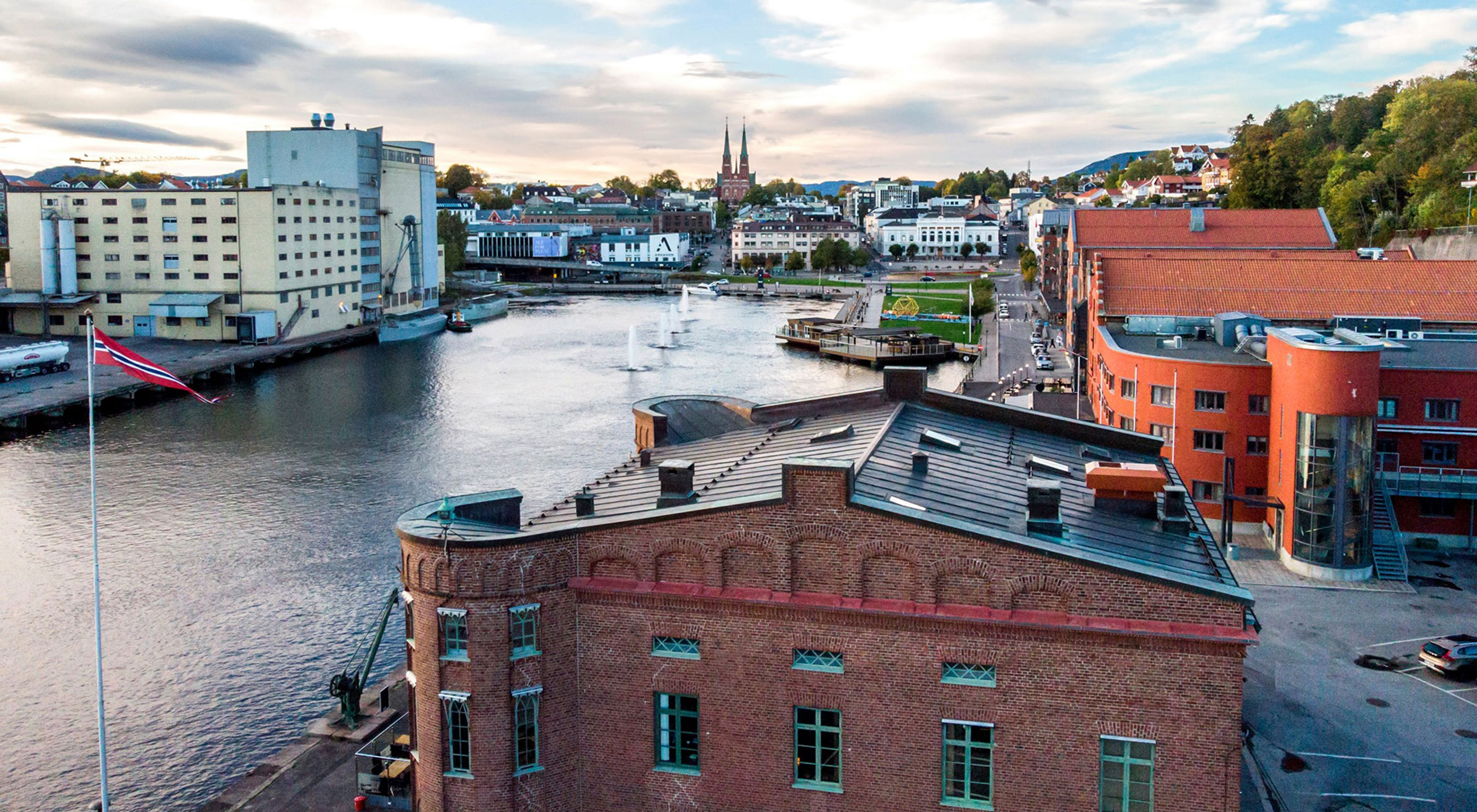- NGI /
- Projects /
- NATWIP - nature based solutions for water problems in the peri-urban /
- WP3 - Case study analysis
WP3 - Case study analysis
WP3 aims to apply the methodological framework to conduct an analysis at a number of case study sites.

The goal is to:
- complete a scenario study to identify the main challenges for implementing different forms of NBS in the peri-urban (from ecological, socio-economic, political, planning, governance, institutional perspectives)
- compare situations in the different case study sites to draw generalizations at the pan-European level, including some comparisons of NBSs with more conventional solutions
- reflect on the overall socio-economic-policy and governance context that would favour the implementation of NBS in the peri-urban context.
The following case studies have been identified
- Sweden: Rainwater harvesting
- Spain: NBS for Barcelona Metropolitan backbone
- Brazil: Reforestation
- Norway: Wastershed management (Skien kommune)
- India: Rainwater harvesting
- South Africa: Invasive Tree Management and Riparian Restoration.
Norwegian case study
The Norwegian case study focuses on watershed management using Skien kommune as an example. Skien municipality represents a periurban area close to Oslo where a large-scale transformation project is planned - opening a buried river using blue-green infrastructure as a catalyst for city development, to mitigate potential flooding as a result of climate change and to improve water quality.
However, the landscape transformation faces challenges; the Kjørbekk river is currently diverted in an aging concrete pipeline buried up to 15 meters deep thus rendering excavations technically challenging and expensive. Furthermore, some areas along the Kjørbekk have been buried using municipal waste which has now become a source of pollution downstream. The aim of this case study site is therefore to explore the available alternatives that prevent the transport of pollutants from the buried landfills in order to permit the excavation of the buried river and subsequent implementation of NBS.
Potential solutions include stabilization, establishing a barrier, capping as well as local redistribution and reuse. These solutions will be assessed according to the local policy context including relevant regulations and local perceptions, the ecological benefits of increased biodiversity and pollutant load reduction, as well as the economic implications of each solution.
NGI is leading WP3.